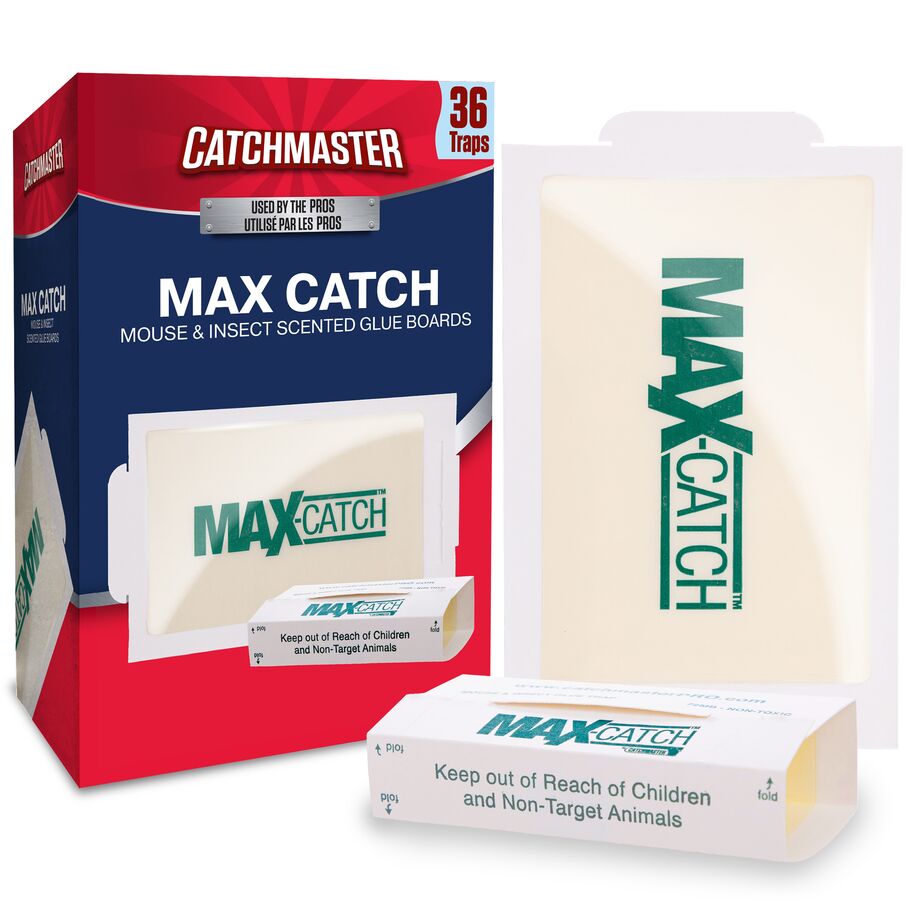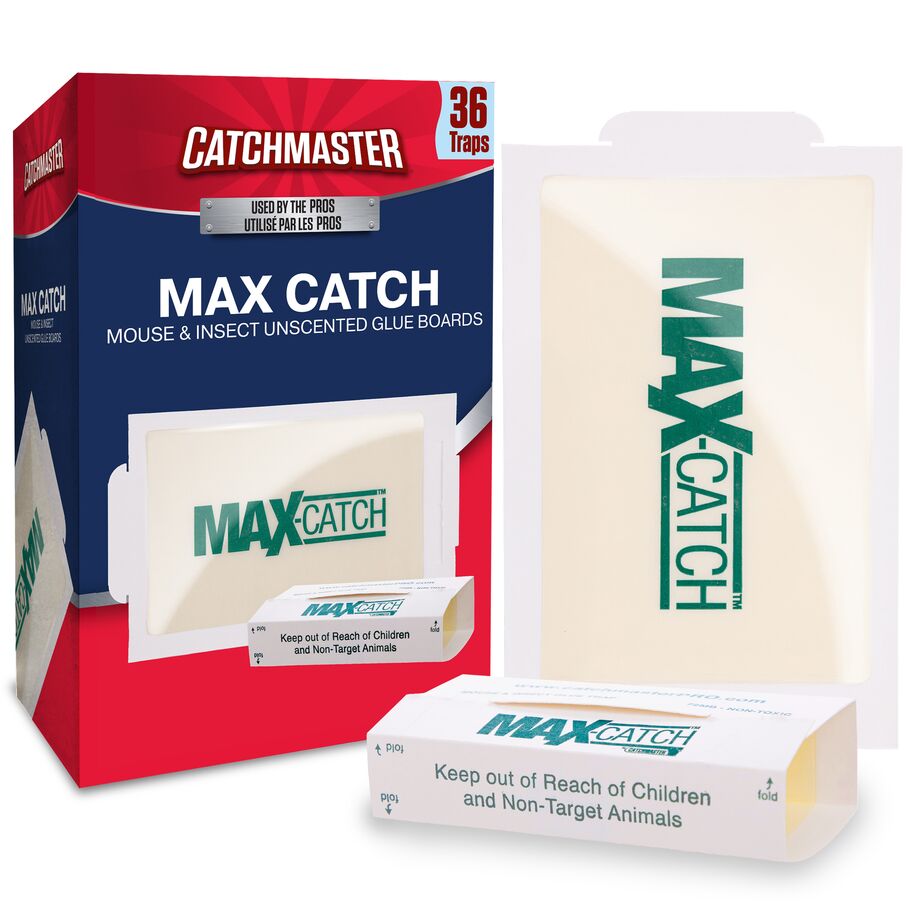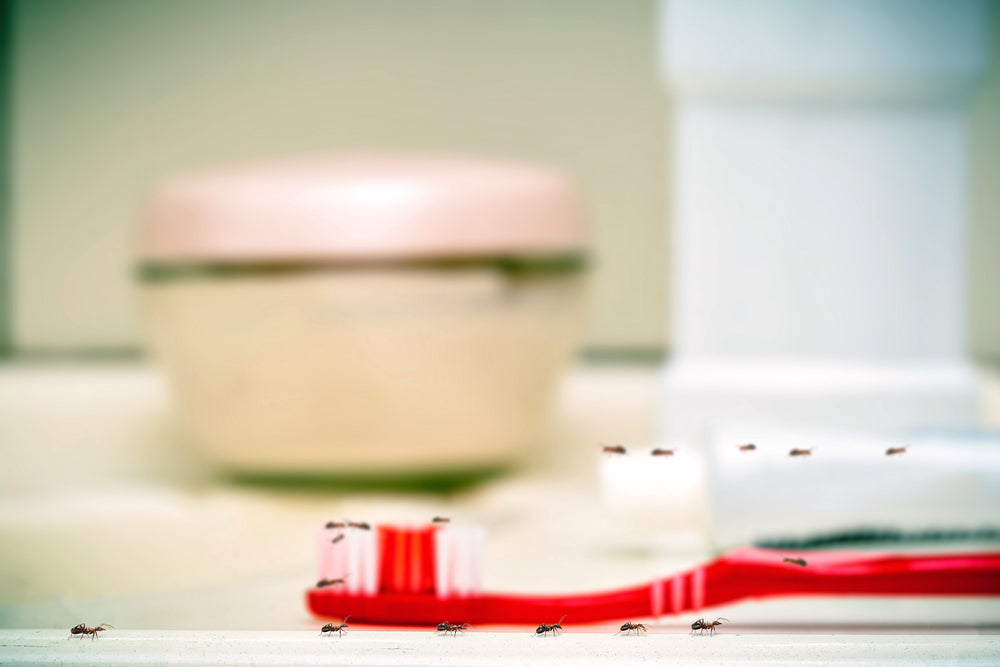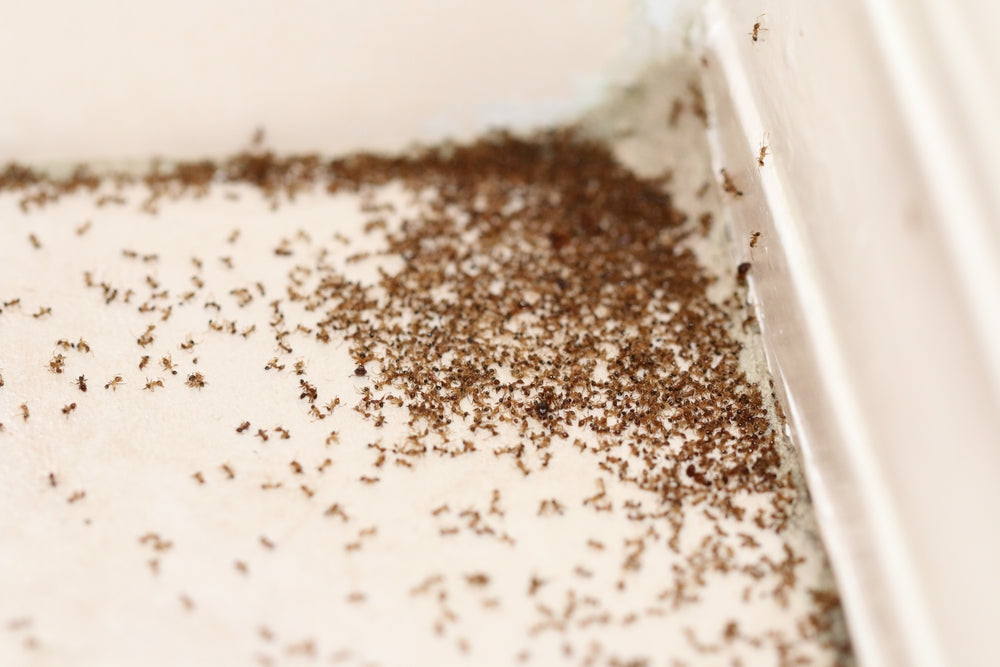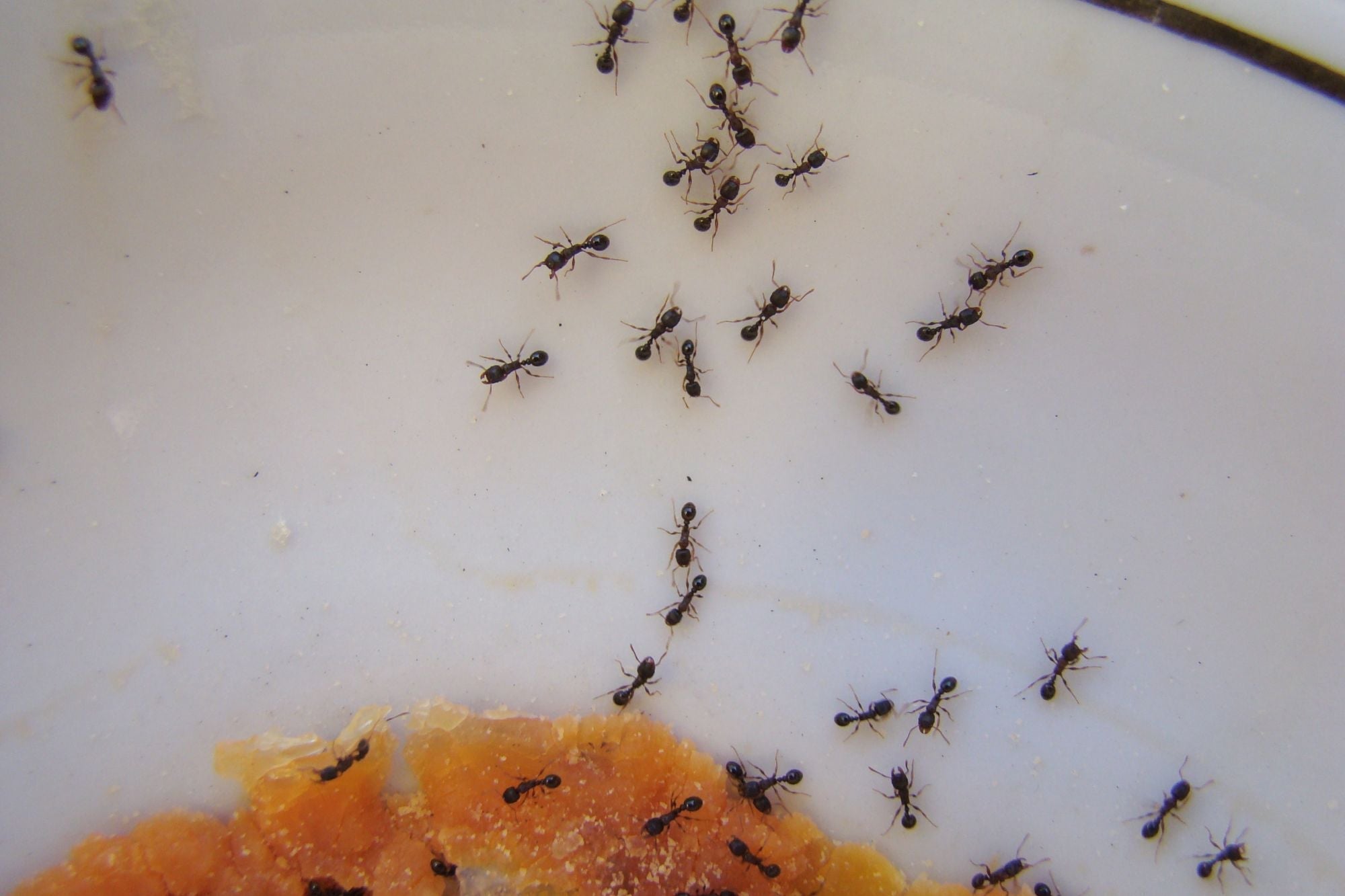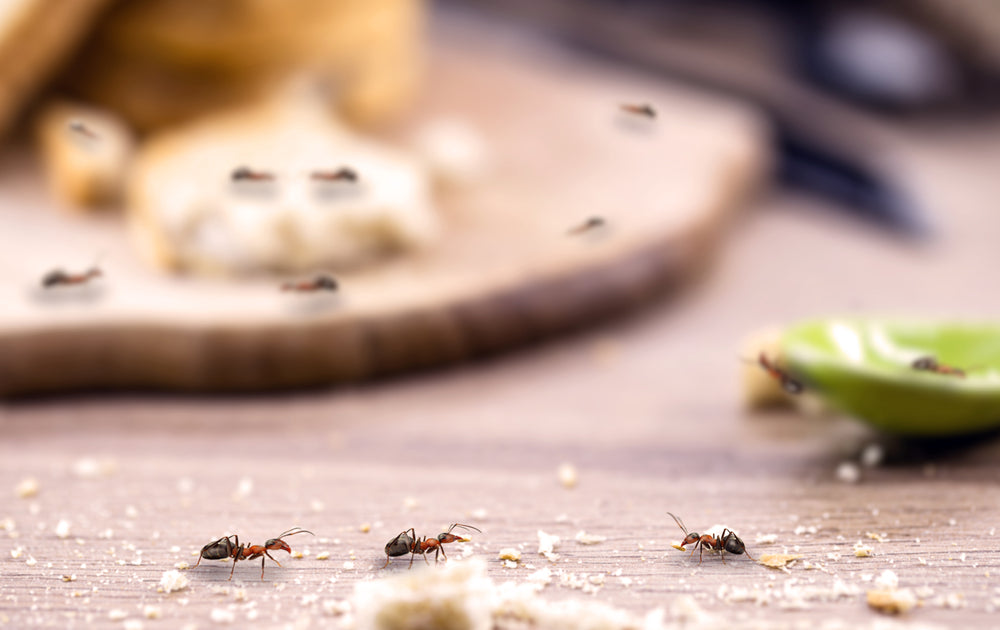
The last thing you want to find in your kitchen is a parade of tiny ants marching across your countertops or kitchen floors. They can quickly invade your food prep areas, making it feel like they’ve appeared out of nowhere.
The good news is that you don't have to live with them for long. This guide will show you how to get rid of tiny ants in the kitchen and keep them out of your space for good.
Why Tiny Ants Invade Your Kitchen
The main reason ants visit your kitchen is the same reason people love to hang out there: food! Even tiny crumbs or a small drop of juice can attract them thanks to their amazing sense of smell. Once they find it, they will leave a scent trail for other ants to follow.
Your kitchen’s constant supply of food, from crumbs on the countertops to sticky spills on the floor, provides the perfect environment for ants. They’re particularly drawn to sugary substances or oil and grease buildup, which are often found near food prep areas or inside cabinets.
Water is another reason for ant invasions. Damp dish towels or even condensation on your countertops can attract ants looking for water. This is especially true during hot, dry weather when water is harder to find outdoors.
Identifying the Type of Ants in Your Kitchen
Getting rid of tiny ants in the kitchen works best when you know what type of ants you’re dealing with.
- House or Pavement Ants: These small black ants are about ⅛ inch long and attracted to sweet foods. They usually live outdoors, but come inside in search of food or water.
- Pharaoh Ants: These tiny light-brown ants are only about ⅙ inch long and are particularly difficult to control because they create multiple nest locations.
- Sugar Ants: Despite their name, these ants are attracted to both sweet and greasy foods. They are often black or brown and about ⅛ inch long.
- Carpenter Ants: These large ants are about ¼ to ½ inch long and can cause severe damage to the wood in your home.
Steps to Getting Rid of Small Ants in the Kitchen
Here are some tips for handling an infestation of tiny ants in the kitchen:
- Clean thoroughly. Wipe down all surfaces with soapy water to remove food residue and ant pheromone trails. Pay special attention to areas where you've seen ants. Sweep and mop floors regularly, and don't forget to clean under appliances and inside cabinets.
- Store food in airtight containers. This includes pet food, which should not be left out overnight. Empty your trash regularly and make sure the bin has a tight-fitting lid.
- Try eco-friendly options. A mixture of vinegar and water can disrupt ant trails. Lemon juice, cinnamon, coffee grounds, and peppermint oil are also natural ant repellents. Sprinkle or spray these in areas where you've seen ants.
- Use ant traps or baits. Traps made specifically to address ant problems work by having ants take the bait back to their colony, eventually killing the entire colony, including the queen. Place baits where you've seen ant activity, and be sure to use non-toxic, family friendly options.
Preventing Future Infestations of Tiny Ants in the Kitchen
Once you know where they’re coming from, you'll need to take the proper steps to prevent them from coming back.
- Seal entry points. Use caulk to seal cracks in walls, gaps around windows and doors, and openings where pipes enter your kitchen.
- Maintain a clean kitchen. Wipe down countertops after food prep, immediately clean up spills, and sweep or vacuum floors daily. Don’t leave dirty dishes in the sink overnight, as food remnants can attract ants.
- Store food properly in sealed containers. Keep all food in sealed containers, including pet food, baking ingredients, and even fruit left on the counter. Ants are drawn to even the smallest crumbs or sugary food sources.
-
Fix leaky pipes and faucets. Remember, ants need water, too. Eliminating any leaks and ensuring faucets are not dripping will help reduce moisture that attracts them. Ants are also commonly found in bathrooms for the same reason. Check out our guide on how to get rid of ants in your bathroom.
to tackle infestations in that space as well. - Trim trees and bushes that touch your house. Plants or branches that touch the exterior of your kitchen can act as a bridge for ants to get inside. Regularly trim back vegetation to limit access.
- Use a dehumidifier. If your kitchen is particularly humid, it can attract ants seeking water.
Take Control of Ant Infestations in Your Kitchen with Catchmaster
Catchmaster® offers the solutions you need to handle an infestation of tiny ants in the kitchen.
We offer effective, non-toxic traps and baits that address the root of your problem. Our popular DEFIANT™ liquid bait ant traps are known for their non-toxic, earth-friendly, and effective approach to attracting, trapping, and eliminating ants at the source. As ants become attracted to our traps with enticing scents, they will carry the poison back to their nest, ultimately leading to the death of the entire colony. If you’re unsure where the colony is located, our guide on how to find an ant colony can help you locate it.
We also offer ultra-sticky traps made with professional-strength glue, which can be placed along ant trails or near entry points to catch ants as they travel. Non-toxic and easy to use, these traps are effective at trapping all sorts of crawling insects, not just ants.
When dealing with small ants in the kitchen requires patience and a multi-pronged approach, Catchmaster has the tools you need to solve the problem at its source.
Recent Articles
Featured product

DEFIANT™ Premium Liquid Ant Control, 1-Year Supply + 8 Classic Bait Stations
1 Bottle/4 Bait Trays - $19.99




